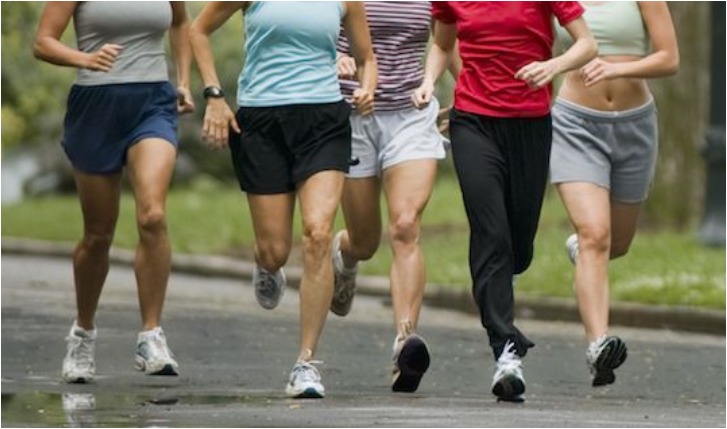
Joint lubrication is a crucial aspect of joint health, and walking plays a significant role in promoting this process. Here’s how walking helps with joint lubrication and supports overall joint health:
- Synovial Fluid Distribution: Synovial fluid is a viscous, lubricating substance that surrounds and nourishes the joints. When you walk, the movement of the joints helps circulate synovial fluid, ensuring that it reaches all parts of the joint. This lubrication reduces friction between the joint surfaces and allows for smooth, pain-free movement.
- Nutrient Supply: Synovial fluid is rich in nutrients that nourish the cartilage and other structures within the joint. When you walk, the movement facilitates the transport of these nutrients to the joint tissues, supporting their health and function.
- Cartilage Protection: Cartilage is the smooth, flexible tissue that covers the ends of bones within a joint. It acts as a cushion and reduces impact during movement. Adequate joint lubrication from synovial fluid helps protect the cartilage from wear and tear, maintaining joint health.
- Joint Flexibility: Regular walking helps improve joint flexibility and range of motion. As the joints move through their full range of motion during walking, it supports their ability to remain flexible and functional.
- Preventing Stiffness: When joints are inactive for extended periods, such as during prolonged sitting or inactivity, they can become stiff. Walking regularly helps prevent joint stiffness by promoting synovial fluid circulation and joint movement.
- Joint Health in Arthritis: For individuals with arthritis, walking can be particularly beneficial. Gentle movement, like walking, helps reduce stiffness in arthritic joints and may improve joint function.
- Weight Management: Maintaining a healthy weight through regular walking can lessen the load on weight-bearing joints, such as hips, knees, and ankles. This can help reduce pressure on the joints and minimize joint discomfort.
- Low-Impact Exercise: Walking is a low-impact activity, which means it places minimal stress on the joints compared to higher-impact exercises. This makes it a safe and effective option for people with joint conditions or those looking for a joint-friendly exercise.
Regular walking, even for just 30 minutes a day, can have a positive impact on joint health and overall well-being. It’s essential to listen to your body and start at a pace that feels comfortable for you. If you have any concerns or existing joint issues, consult with a healthcare professional or a physical therapist for personalized guidance and recommendations.
Incorporating walking into your daily routine can not only support joint lubrication but also provide a wide range of benefits for your overall physical and mental health. So, put on some comfortable shoes and enjoy the joint-boosting benefits of a daily walk!
